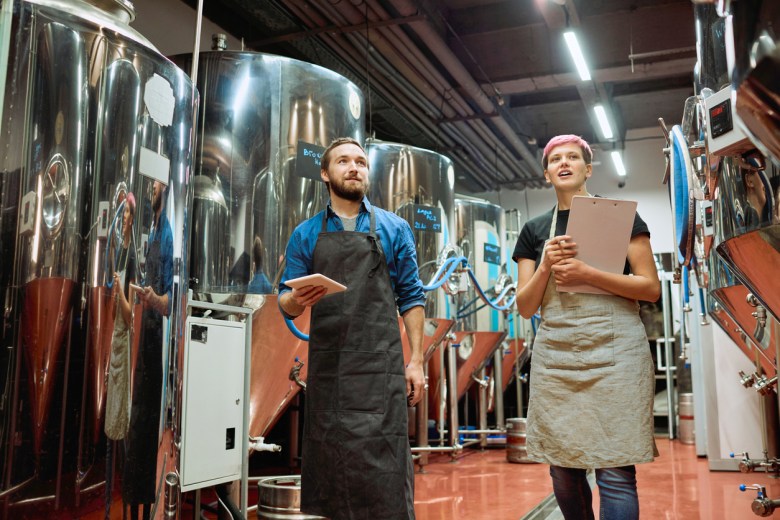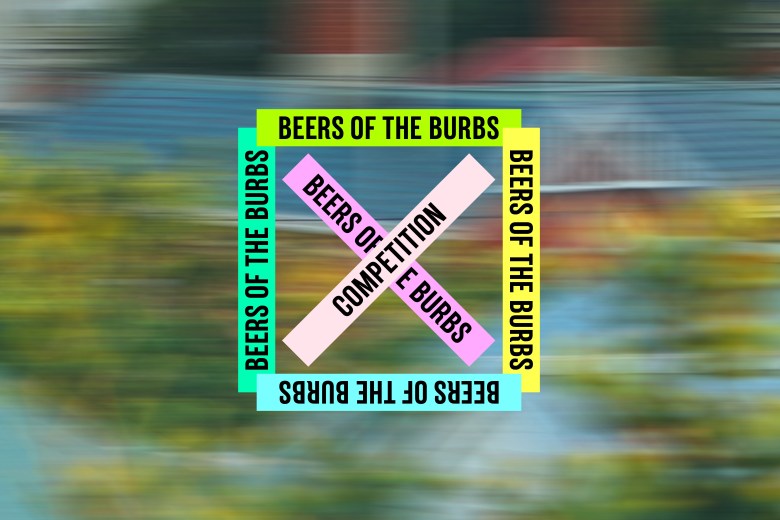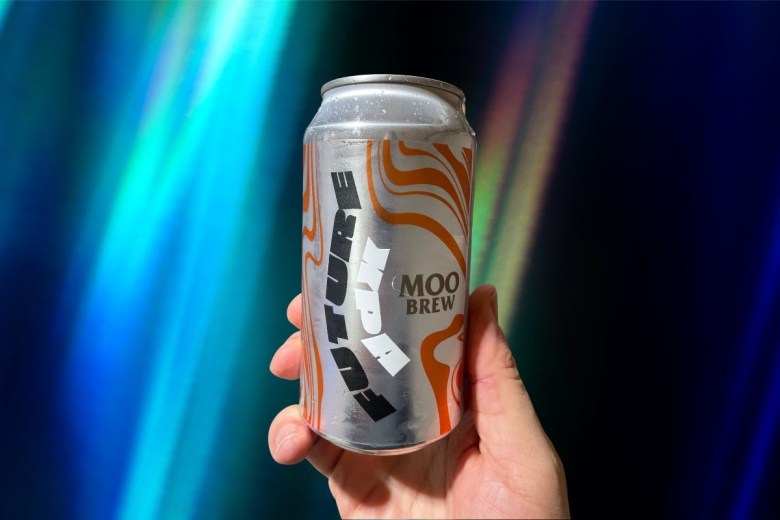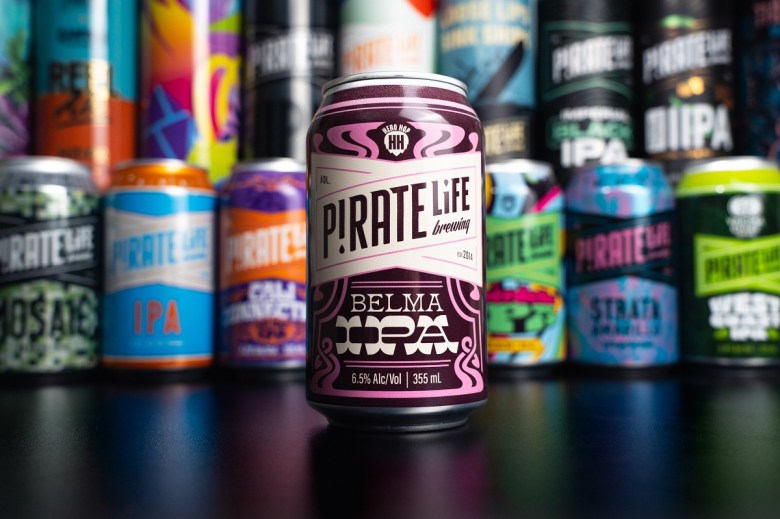“Thirty different beers based on a fan base is a unique thing.”
The post Buffalo Pils Scores a Touchdown appeared first on CraftBeer.com.
“Thirty different beers based on a fan base is a unique thing.”
The post Buffalo Pils Scores a Touchdown appeared first on CraftBeer.com.
“Thirty different beers based on a fan base is a unique thing.”
The post Buffalo Pils Scores a Touchdown appeared first on CraftBeer.com.
“Thirty different beers based on a fan base is a unique thing.”
The post Buffalo Pils Scores a Touchdown appeared first on CraftBeer.com.
“Thirty different beers based on a fan base is a unique thing.”
The post Buffalo Pils Scores a Touchdown appeared first on CraftBeer.com.
“Thirty different beers based on a fan base is a unique thing.”
The post Buffalo Pils Scores a Touchdown appeared first on CraftBeer.com.
“Thirty different beers based on a fan base is a unique thing.”
The post Buffalo Pils Scores a Touchdown appeared first on CraftBeer.com.
“Thirty different beers based on a fan base is a unique thing.”
The post Buffalo Pils Scores a Touchdown appeared first on CraftBeer.com.
“Thirty different beers based on a fan base is a unique thing.”
The post Buffalo Pils Scores a Touchdown appeared first on CraftBeer.com.
“Thirty different beers based on a fan base is a unique thing.”
The post Buffalo Pils Scores a Touchdown appeared first on CraftBeer.com.
“Thirty different beers based on a fan base is a unique thing.”
The post Buffalo Pils Scores a Touchdown appeared first on CraftBeer.com.
“Thirty different beers based on a fan base is a unique thing.”
The post Buffalo Pils Scores a Touchdown appeared first on CraftBeer.com.
“Thirty different beers based on a fan base is a unique thing.”
The post Buffalo Pils Scores a Touchdown appeared first on CraftBeer.com.
“Thirty different beers based on a fan base is a unique thing.”
The post Buffalo Pils Scores a Touchdown appeared first on CraftBeer.com.
 Sydney Beer Week has made a successful return, energising local breweries and consumers, and highlighting the city's vibrant beer culture.
Sydney Beer Week has made a successful return, energising local breweries and consumers, and highlighting the city's vibrant beer culture. There’s an old saying in winemaking that it takes a lot of great beer to make great wine. But in the brewing industry, it takes plenty of great tacos to make great beer.
The post Tacos & Beer: Fueling the Yakima Valley’s Hop Harvest appeared first on CraftBeer.com.
 Low and no alcohol beer has been a growing trend in the past few years, and we expect this to continue in the future. With more and more consumers interested in health and wellbeing, there has been an increased demand, especially in today’s very diverse beer landscape.
Low and no alcohol beer has been a growing trend in the past few years, and we expect this to continue in the future. With more and more consumers interested in health and wellbeing, there has been an increased demand, especially in today’s very diverse beer landscape.  Slated to open in November, the new venue will be Mountain Culture's first inner-city joint, housing the brewery's new barrel program.
Slated to open in November, the new venue will be Mountain Culture's first inner-city joint, housing the brewery's new barrel program.  All independent breweries are invited to submit, with the resultant data supporting advocacy on both state and federal levels.
All independent breweries are invited to submit, with the resultant data supporting advocacy on both state and federal levels. The fourth-largest producer of hops in the U.S., Michigan has become a unique test subject for the future of American hop production—and craft beer itself.
The post The New Nobles: Michigan Hops appeared first on CraftBeer.com.
 The community brewing competition returns for a second year, with the grand final set to take place on Thursday 29 August.
The community brewing competition returns for a second year, with the grand final set to take place on Thursday 29 August.  Future XPA uses climate-resistant hops and grains to investigate ways that beer can adapt to our changing climate.
Future XPA uses climate-resistant hops and grains to investigate ways that beer can adapt to our changing climate. What's behind the collaborative nature of the global brewing community?
The post Shared Experience: Craft Beer Camaraderie Transcends Borders appeared first on CraftBeer.com.
 Belma IPA heroes a unique American hop variety and celebrates the importance of IPAs to the Pirate Life brand.
Belma IPA heroes a unique American hop variety and celebrates the importance of IPAs to the Pirate Life brand.  Yulli’s Brews Head Brewer, Jamie Webb-Smith, speaks about championing ingredients, making consistently good beer, and growing his knowledge.
Yulli’s Brews Head Brewer, Jamie Webb-Smith, speaks about championing ingredients, making consistently good beer, and growing his knowledge. The market is responding to the growing demand for flavorful, well crafted non-alcohol beer.
The post The NA Way: The Rise of Non-Alcohol Beer appeared first on CraftBeer.com.
 Part of the Northern Beaches Council’s Creative Open initiative, Freshie Palooza is a free, all-ages festival celebrating music and art.
Part of the Northern Beaches Council’s Creative Open initiative, Freshie Palooza is a free, all-ages festival celebrating music and art.  Launched in partnership with Lance 'Buddy' Franklin, the new product is Hahn's first zero carb beer.
Launched in partnership with Lance 'Buddy' Franklin, the new product is Hahn's first zero carb beer.  From Irish stout to hazy pale ales, Beer & Brewer rounds up the best non-alcoholic beers for Dry July.
From Irish stout to hazy pale ales, Beer & Brewer rounds up the best non-alcoholic beers for Dry July.